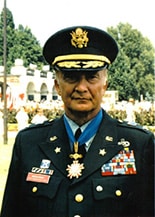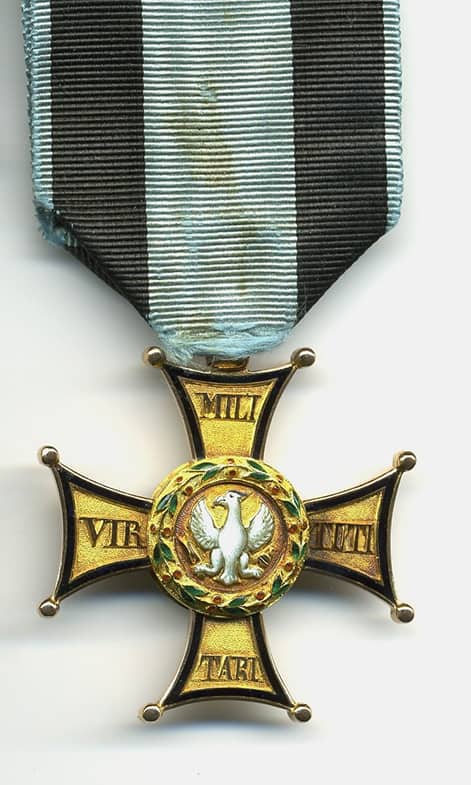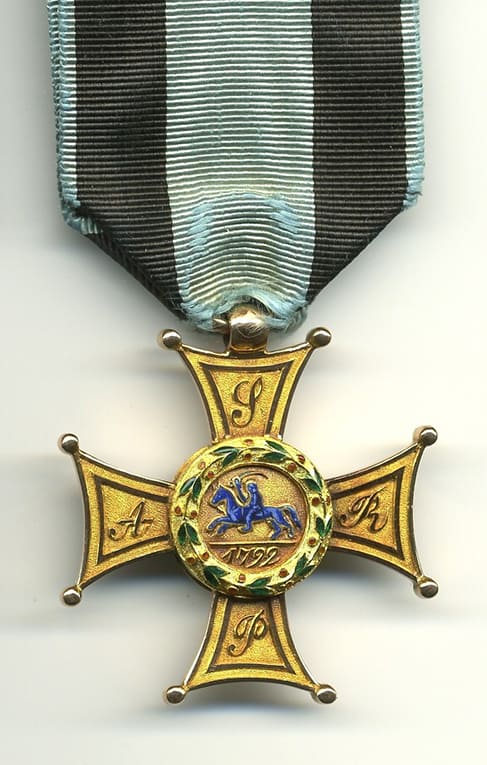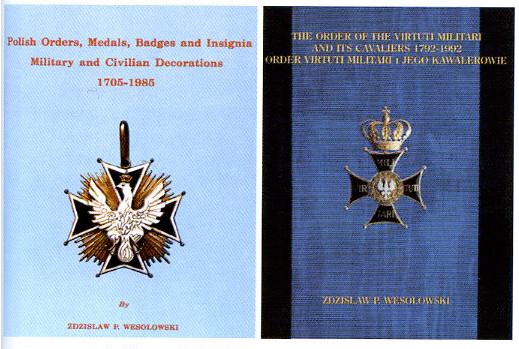
By
Prof. Dr. Zdzislaw P. Wesolowski
Captain, US Air Force, Ret.
Colonel, South Carolina State Guard, Ret.

When the Polish Sejm passed the Constitution of the 3rd of May 1791 it freed the serfs and gave every citizen political freedom which at that time was but a dream for most people in other nations. It was the first democratic constitution on the European Continent and the second in the world after that of the United States of America. The absolute power of the monarch in Poland was abolished. This development in Poland alarmed the rulers of the world, especially those of Austria, Prussia and Russia, Poland’s neighbors. Fearing that this movement would spread to their counties and they would lose their thrones and wealth, they conspired to invaded Poland and destroy it as a nation. The Battle of Zielenice on June 18, 1792 was the first of many fought against Czarist Russia which resulted in a Polish victory.
At the suggestion of Price Jozef Poniatowski, the commander in chief of the Polish forces and the nephew of King Stanislaw August Poniatowski, urged the king to honor the bravest soldiers of that battle with a medal. King Poniatowski established the Order of the Virtuti Militari (Military Virtue) few months after and decorated his most valiant soldiers. It is Poland’s first and still the highest honor for personal valor. It was a first of its kind in the world and the oldest still in use. It is the equivalent to the American Medal of Honor and the Victoria Cross of Britain.

On June 22, 1792 the first Orders of the Virtuti Militari were awarded.
By 1795 Poland was vanquished by the overwhelming power of three super powers of their day. From 1795 except for a few brief moments, Poland was destroyed and erased from the map of Europe until 1918.
From June 22, 1792 to today, the Virtuti Militari is and will always be the highest decoration that Poland awards her defenders who for acts of supreme sacrifice on the battle field. The statistical data indicates that for the number of soldiers and wars fought against the enemy, this decoration was rarely given. During the Kingdom era 1792-1831, six thousand six hundred were awarded. For the Polish War for Independence, 1914-1921 eight thousand seven hundred Virtuti Militari were awarded and for the Polish Forces in Exile during WWII, six thousand three hundred.

The Virtuti Militari was awarded not only to Polish soldiers but also those of other nations that performed acts of valor along side Polish soldiers and on behalf of Poland. Ten American pilots of the famous Kosciuszko Squadron during the Polish Soviet War headed by Maj Cederic E. Fauntleroy, General John J. Pershing, General Douglas Mac Arthur, General Dwight D. Eisenhower, General Jonathan M. Wainwright, General Walter B. Smith, General Mark W. Clark, Colonel Benjamin Anuskiewicz just to mention a few. In 1982 by chance, I learned there was no reference available which listed all recipients of the Order, so I decided to conduct a research and write a book on this subject. For the next ten years I was able to obtain the names of almost all recipients and write its history. At the 200th Anniversary of the founding of the Order in June of 1992, I present my book to President Lech Walesa at the Belvedere Palace before the gathered Cavaliers of the Order of Virtuti Militari.
TO BE VANGUISED AND NOT SURRENDER, THAT IS VICTORY
Marshal Jozef Pilsudski

Prof. Dr. Zdzislaw P. Wesolowski
PO Box 291465
Davie, Fl., 33329
Email, professor1792@aol.com
Copyright by Prof. Zdzislaw P. Wesolowski

